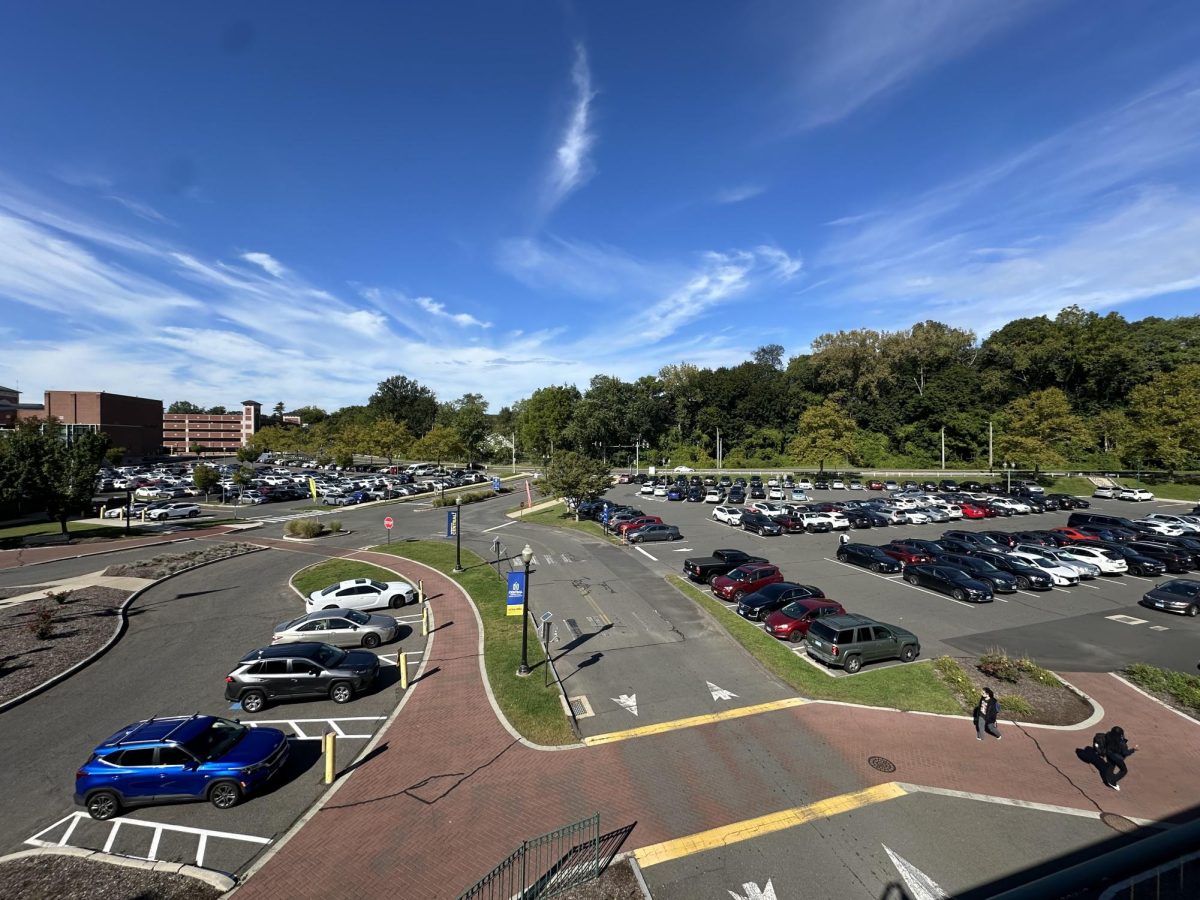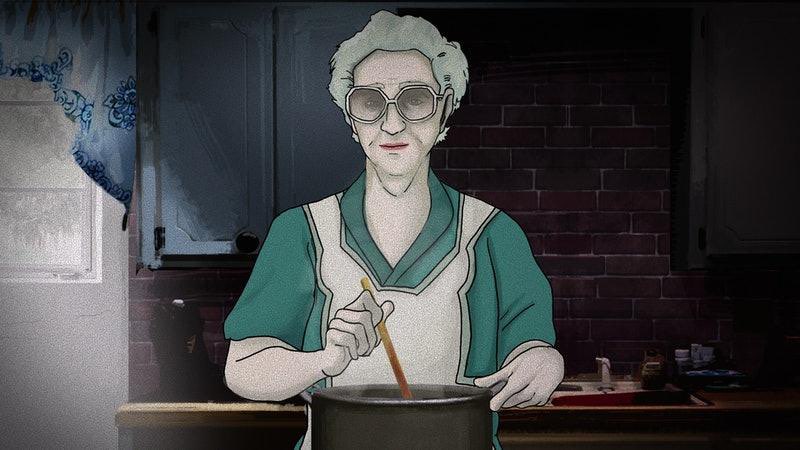By Danny Contreras
Starring Tom Hanks, and directed by Steven Spielberg, The Terminal is my favorite movie of 2004, and should be a must watch in your Netflix queue.
The story centers around Viktor Navorski, a man from the fictitious Krakozhia in Eastern Europe, who comes to JFK on a tourist visit. Rebel troops in his country have begun an armed conflict against the ruling government and officials in the United States prohibit his entrance into the country due to the civil war and lack of sovereignty. Navorski cannot go back to Krakozhia because flights are prohibited from entering a nation in civil war.
Forced to stay at JFK, hilarity ensues when Navorski needs to find food, shelter and money to make his stay in JFK survivable while carrying his luggage and a Planters peanut can. He slowly gains the trust of the workers in the airport; from bag handlers to workers in a contracted company. He also falls in love with Amelia, a flight attendant in a precarious relationship.
The main antagonist is Frank Dixon, the head of Customs and Border Protection who grows annoyed with Navorski’s presence and devises a way of getting him out of the airport. First, he tries to get him to stop getting money from the carts that cost 25 cents. Then he tries to get him to set foot outside the airport so that customs agents can arrest him for being an illegal immigrant. Eventually, through his idiosyncrasies, Navorski begins living comfortably in the airport, begins making more money than Frank Dixon and tries to woo Amelia into falling in love with him.
Inspired by the real story of Mehran Karimi Nasseri, who lived in Charles De Gaulle International Airport in Paris, the film provides a look into the life of the people who desperately try to live here in the United States, how homelessness affects everyone and the lives of workers in the airports.
Yes, we get an inside view at those people who handle our bags. The ones we grow paranoid of every time we put something valuable in our luggage. And sometimes, it feels like the movie makes those fears true. But, in the end it shows that they’re just working people, like all of us.
More importantly, we take a look at homelessness and immigration, both issues in this country. That’s the amazing timeliness of The Terminal. Here we’re dealing with immigration, and how typical of an immigrant Navorski is. He’s not a criminal, nor a bad person; he’s a tourist with a goal in mind. He’s just trying to get his goal achieved. He can’t be blamed for what happened at Krakhozia, he’s a victim. It feels as if the story is asking the viewers to reconsider their stance on immigration. In addition to that, we look at homelessness and the extremes people need to face in order to make ends meet. He first works as “luggage” handler, in order to make 25 cents to get some McDonalds. When that fails, he gets an off-the-books job that pays extremely well. But even that is not enough to make a decent life. So, we need to reconsider our views on homeless people. Because, we never know their circumstances.
The movie remains a favorite of mine because the acting is amazing and Spielberg’s vision is genius.







